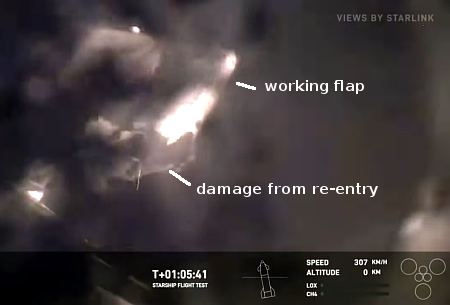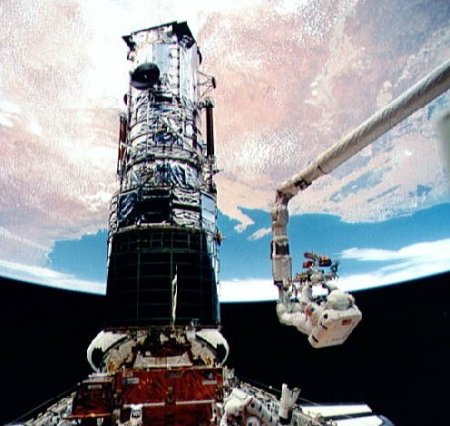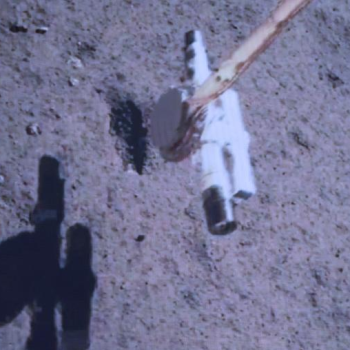Telescope removed from Mauna Kea on Big Island as local Hawaiian council rejects new telescopes on Haleakala on Maui
Even as a local Hawaiian authority on the Big Island has completed the removal of the first of three telescopes on the top of Mauna Kea, a local council on the island of Maui have voted 9-0 to oppose an Air Force project to build new telescopes on top of Haleakala.
The proposed new facility is called AMOS STAR, which is an acronym for Air Force Maui Optical and Supercomputing Site Small Telescope Advanced Research. It would feature six telescopes enclosed in ground-mounted domes and one rooftop-mounted domed telescope.
The county’s resolution urged the military to heed community calls to cease their development efforts. It urged the National Park Service, Federal Aviation Administration and the Hawaii Department of Land and Natural Resources to deny the project permits.
At this time it appears that Hawaiians desended from the original indigenous population are opposed to all western technology, even as they rely on it. These new telescopes are proposed by the Air Force because it needs better capilities to track the tens of thousands of new satellites being launched by numerous companies and governments. This information will help prevent collisions in space.
As for their claims that these peaks are “considered wao akua, or ‘realm of the gods,’ and [places] of deep spirituality for Native Hawaiians to engage in some of these traditional practices,” as stated in the council’s resolution, I have some doubts. For almost three-quarters of a century such religious concerns and objections were never mentioned by anyone. If they existed indigenous Hawaiians appeared to have no problem “engaging in traditional practices” right next to telescopes. Only when some activists appeared in the past decade, looking to insert themselves in the process (thus obtaining positions of power and money) did the peaks become so important religiously.
Even as a local Hawaiian authority on the Big Island has completed the removal of the first of three telescopes on the top of Mauna Kea, a local council on the island of Maui have voted 9-0 to oppose an Air Force project to build new telescopes on top of Haleakala.
The proposed new facility is called AMOS STAR, which is an acronym for Air Force Maui Optical and Supercomputing Site Small Telescope Advanced Research. It would feature six telescopes enclosed in ground-mounted domes and one rooftop-mounted domed telescope.
The county’s resolution urged the military to heed community calls to cease their development efforts. It urged the National Park Service, Federal Aviation Administration and the Hawaii Department of Land and Natural Resources to deny the project permits.
At this time it appears that Hawaiians desended from the original indigenous population are opposed to all western technology, even as they rely on it. These new telescopes are proposed by the Air Force because it needs better capilities to track the tens of thousands of new satellites being launched by numerous companies and governments. This information will help prevent collisions in space.
As for their claims that these peaks are “considered wao akua, or ‘realm of the gods,’ and [places] of deep spirituality for Native Hawaiians to engage in some of these traditional practices,” as stated in the council’s resolution, I have some doubts. For almost three-quarters of a century such religious concerns and objections were never mentioned by anyone. If they existed indigenous Hawaiians appeared to have no problem “engaging in traditional practices” right next to telescopes. Only when some activists appeared in the past decade, looking to insert themselves in the process (thus obtaining positions of power and money) did the peaks become so important religiously.










